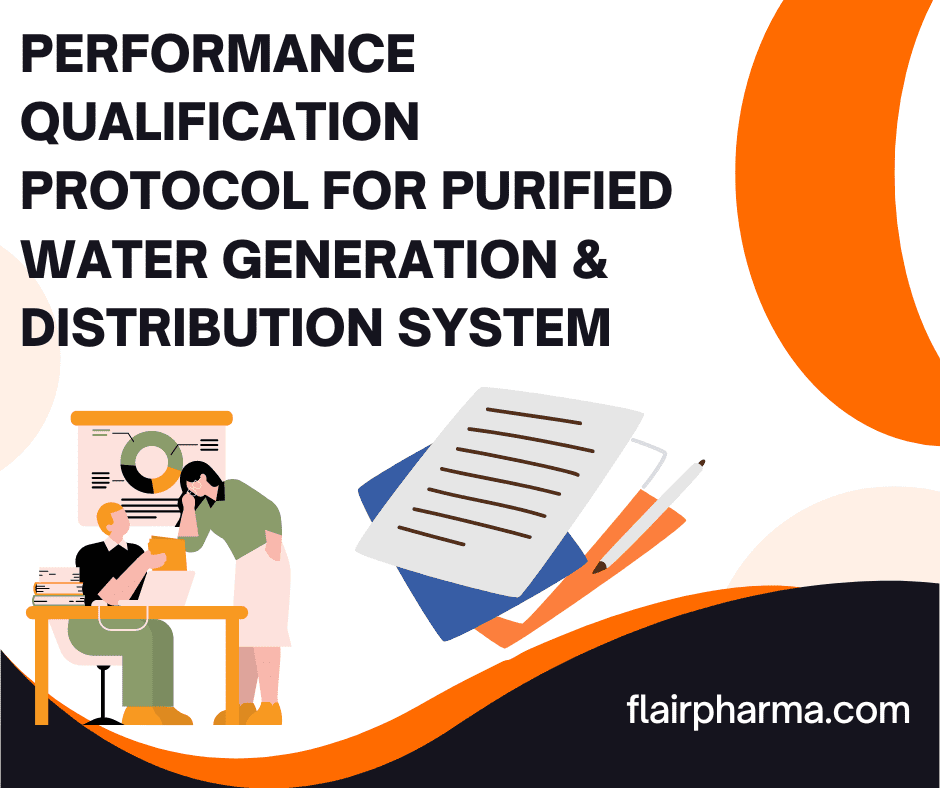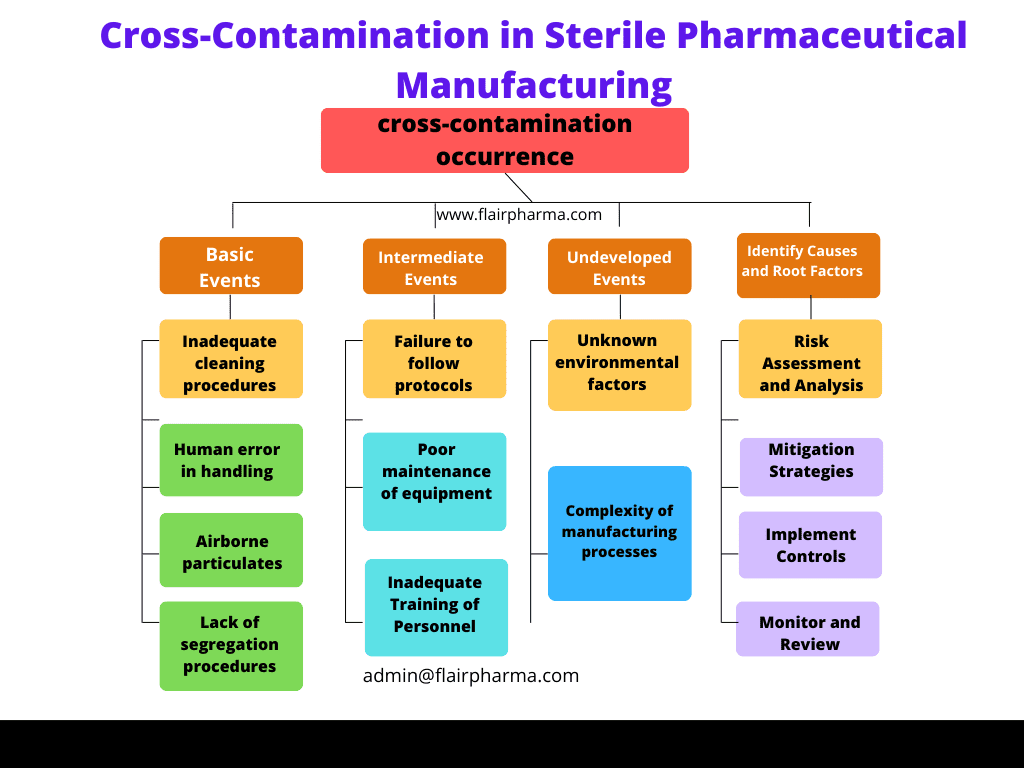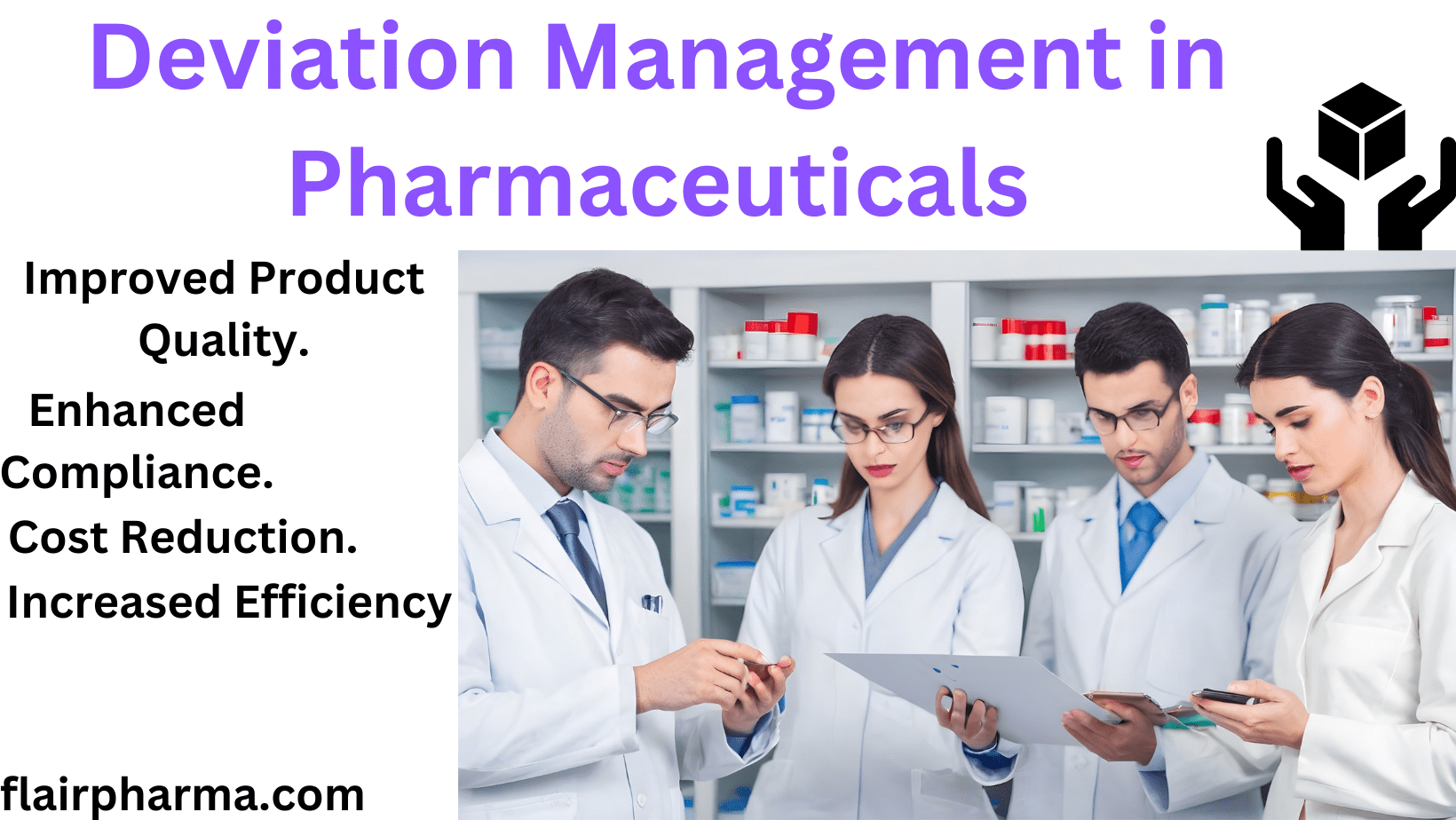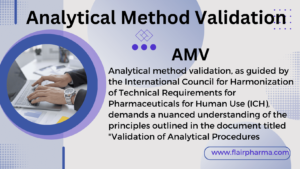What is Relationship Between pH and Deionized Water
Deionized (DI) water is a form of purified water with most or all of its mineral ions removed, such as cations like sodium, calcium, iron, and copper, and anions like chloride and sulfate. The pH level of deionized water is a critical parameter, especially in high-purity applications, but it presents unique challenges due to its … Read more





